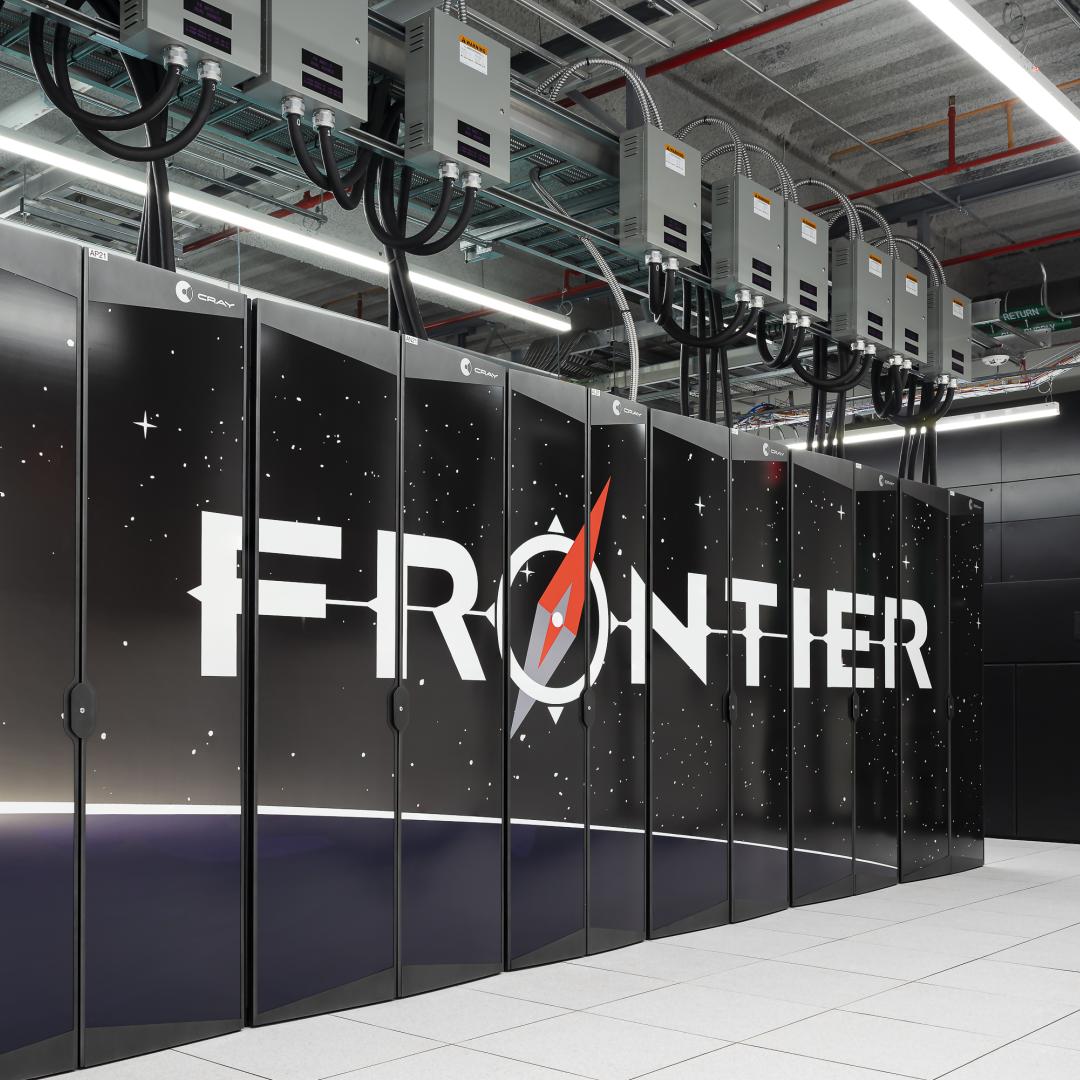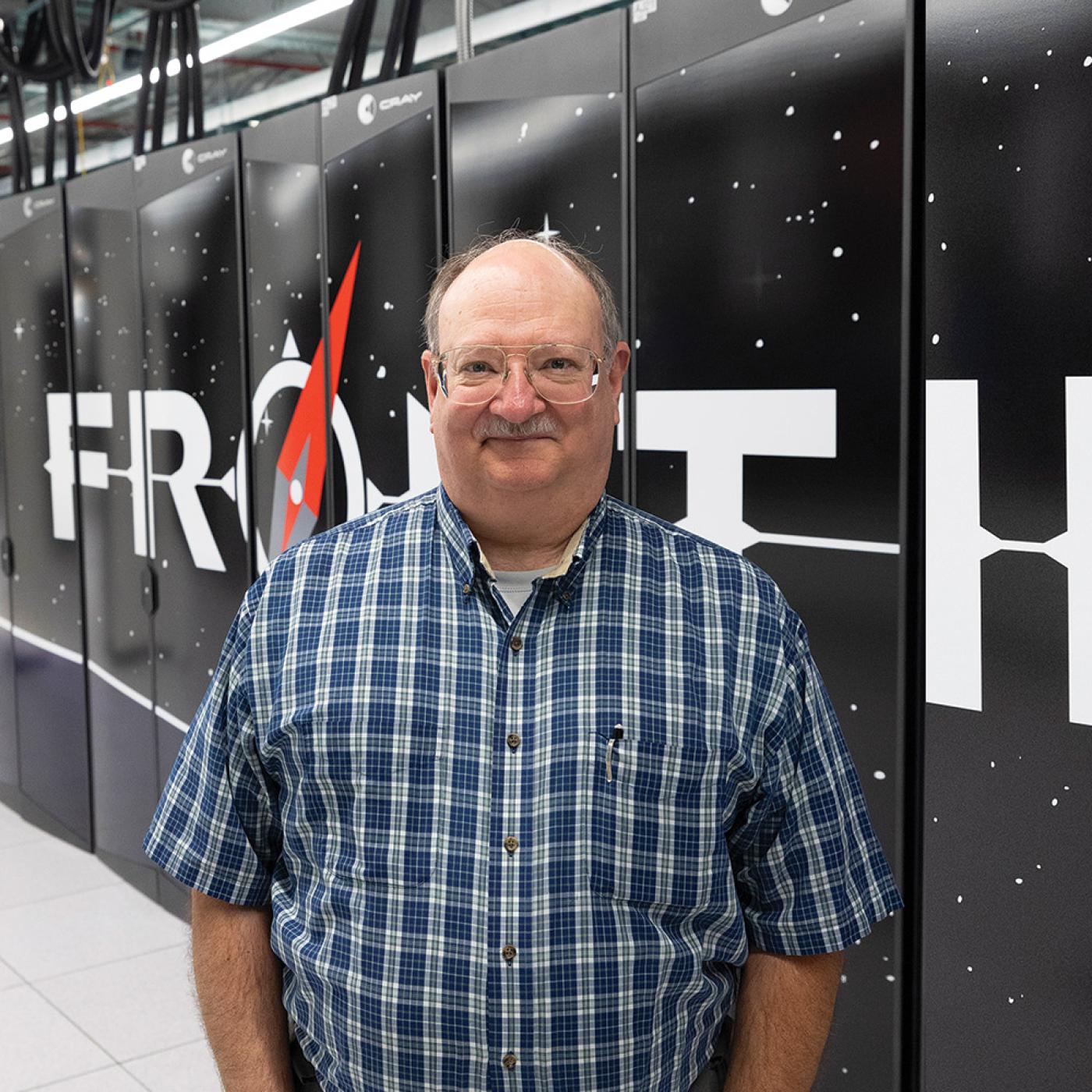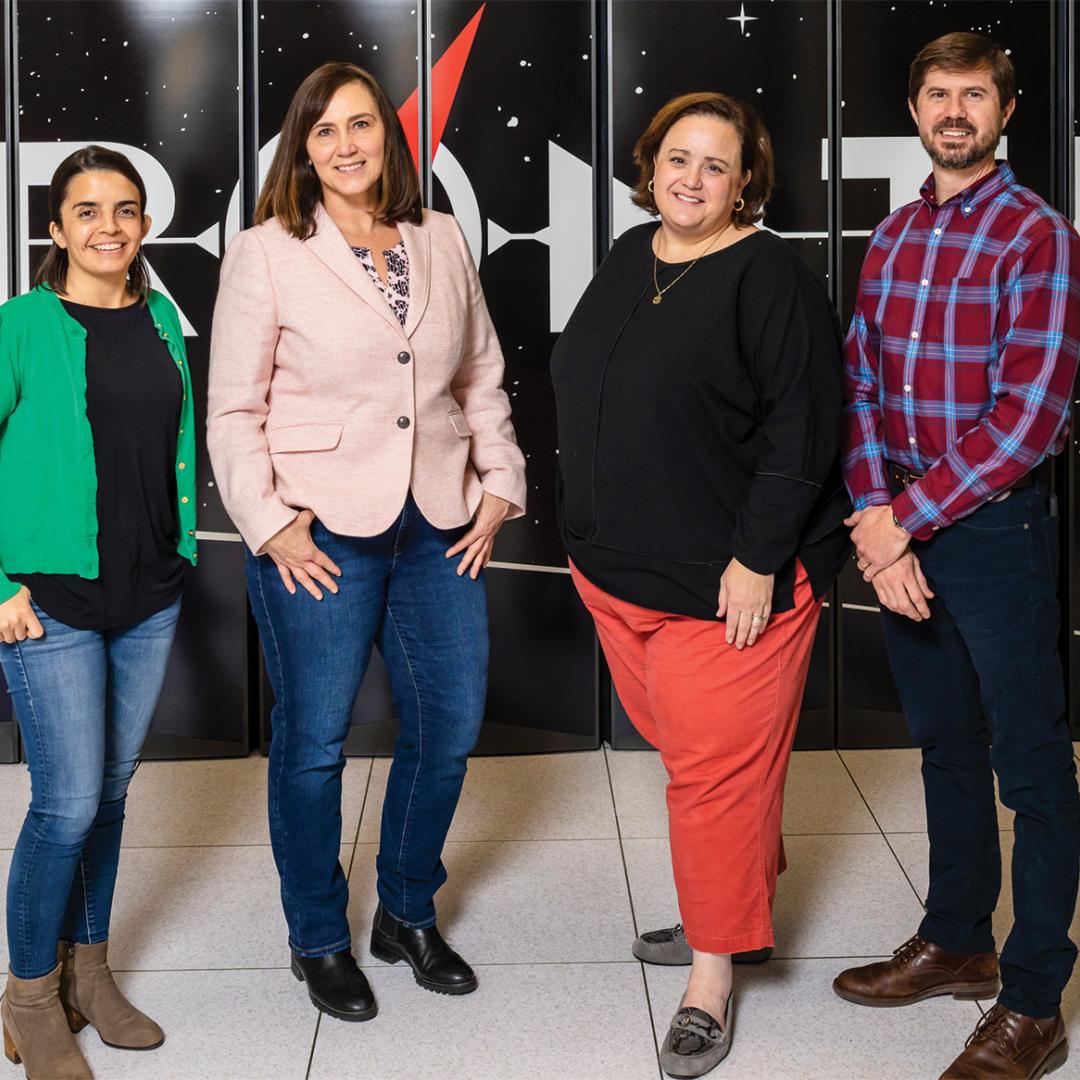Filter Issues

Looking forward, there’s no reason to doubt ORNL will keep pushing valuable new technologies into the economy. The lab is committed to promoting high-tech industry, and its partners are equally committed.
“It’s not about the money that we get in royalties; it’s about the impact that we can have,”...

The United States is running out of the plutonium-238 used to power decades-long missions to the edge of the solar system and beyond. Plans for producing more rely on two ORNL facilities: the Radiochemical Engineering Development Center, known as REDC, and the High Flux Isotope Reactor, known a...
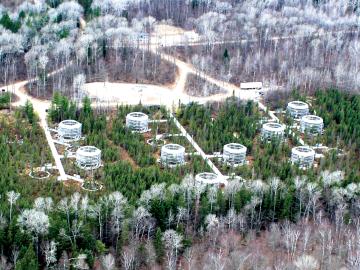
A natural spruce bog in northern Minnesota contains more than 10,000 years of carbon accumulated from peatlands and may answer questions about how Earth will respond to predicted warming and increases in atmospheric carbon dioxide.
About seven acres of the raised bog is home to SPRUCE, which stan...
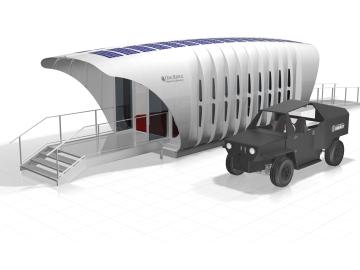
Anew project at ORNL is examining the potential for consumers to generate, store and use electrical power via an energy system that includes their homes, their vehicles and the grid—all managed by a common “brain.” The Additive Manufacturing Integrated Energy (AMIE) demonstration may be a bellwether...
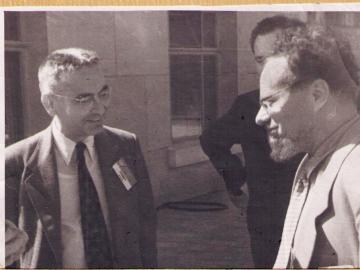
Former laboratory director and ORNL patriarch Alvin Weinberg had many gifts, including an innate ability to bridge gaps both political and scientific.
Those who knew him said he was approachable to a degree rare among the world’s scientific elite. So it was only natural to include Weinberg ...

A recent report from the National Academies reinforces a point we’ve known all along: Postdoctoral positions at ORNL and other national laboratories are great opportunities for young researchers.
“The Postdoctoral Experience Revisited” is less enthusiastic about university postdocs, especially fo...
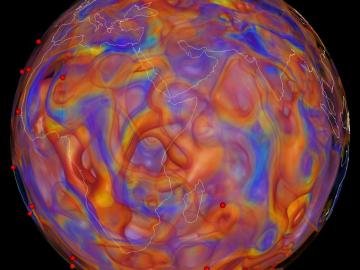
There’s a good reason research institutions keep pushing for faster supercomputers: They allow the researchers to develop more realistic simulations than slower machines. This is indispensable for scientists and engineers striving to understand the workings of the universe or to create powerful new ...


